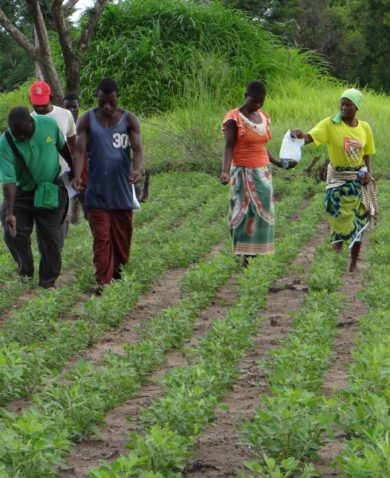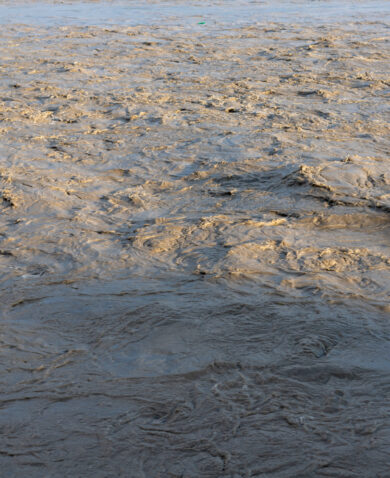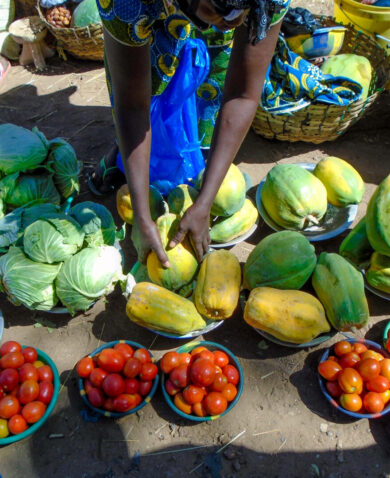
Bringing Climate Science into Development Planning
January 5, 2017 | 2 Minute ReadNew, easy-to-digest climate risk profiles help development practitioners integrate climate adaptation into programs across sectors.
This blog post is adapted from a post that originally appeared on Climatelinks.
Climate science is a complex field, and communicating that science and its implications for development programming in a way that is clear, but does not oversimplify, is a persistent challenge. Yet bridging the gap between research and implementation is vital for development practitioners to understand the variables that projected climate changes may introduce into their planning across sectors, and for them to manage these climate risks. To confront this challenge, USAID’s Climate Change Adaption, Thought Leadership, and Assessments (ATLAS) project serves as a vehicle for USAID to translate research and assessment findings into climate adaptation investment decisions and concrete actions at the country, sector, and program levels.
As part of ATLAS’ work to make climate information accessible and intelligible to stakeholders, ATLAS has made summary climate risk profiles available for 12 countries worldwide and the Southern Africa region as a whole that synthesize information generated by expert sources. These profiles are located on Climatelinks along with other climate risk management resources, and 22 additional country profiles plus one for the Sahel region will be published in the months ahead.
The climate change risk profiles will help USAID sector specialists and others to identify opportunities to integrate adaptation considerations into programming. Underscoring the importance of adapting to climate change across sectors, three USAID bureaus — Africa; Democracy, Conflict and Human Rights (DCHA); and Economic Growth, Education, and Environment (E3) — are supporting the activity.
Easy-to-digest at five pages long, the profiles focus on current and future vulnerabilities, with detail on socioeconomic context, historic climate conditions and future projections, sector context and potential impacts, policy context, and development activities. The profiles summarize ongoing and likely future impacts of climate change for agriculture, water resources, human health, and other priority sectors. For example, increasing temperatures in Afghanistan may expand the range of malaria vectors, while in Morocco, 90 percent of industrial activity is along the coastline and is at risk due to sea level rise. The profiles also include a detailed reference list that directs users to more in-depth country and sectoral analysis.
ATLAS is also developing snapshots of climate risk implications for Food for Peace programming in three African countries. These snapshots are similar in purpose to the risk profiles but provide a closer look at climate risks and impacts in topic areas closely linked to food security, including crop production, livestock raising, water, sanitation, invasive species, hygiene and health, and pesticide use.
Says ATLAS Chief of Party Chris Perine: “We have found the process of preparing these fact sheets to be very instructive. It requires us to examine the language used by the climate adaptation community — such as climate modeling terminology and qualification of risk probability — and express this information succinctly for a more general audience. We must do this, however, without over-generalizing and losing the nuances regarding potential climate-related impacts these countries may face.”
For more information, contact the ATLAS team at ATLASinfo@chemonics.com.

















































